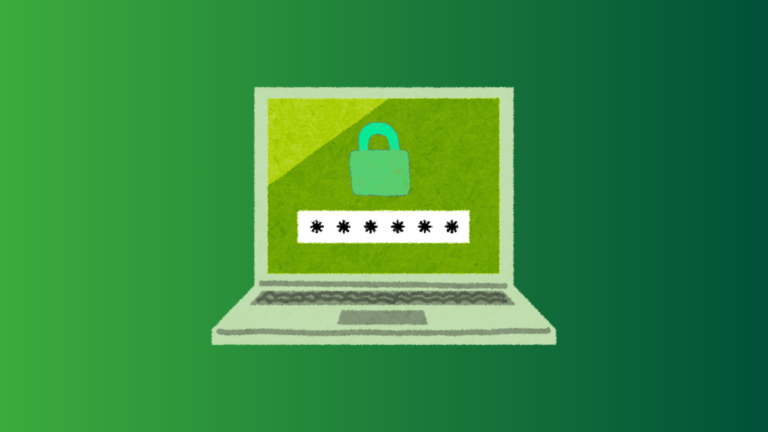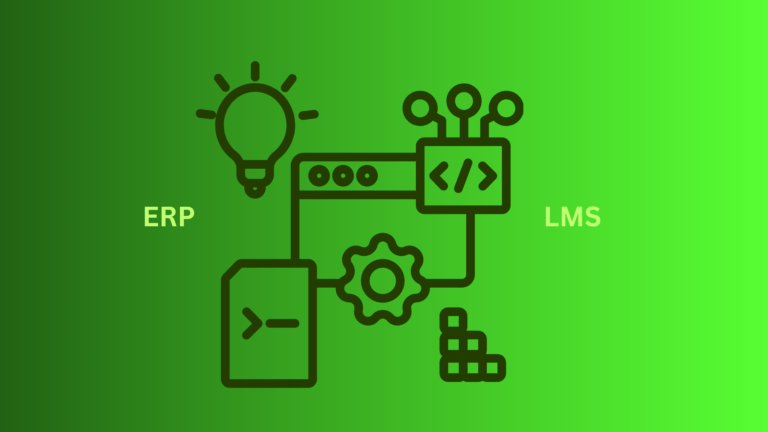In 2026, employee training moves faster than ever. New tools, policies, and technologies emerge constantly, and outdated materials can quickly lead to disengaged learners and missed business goals. The key to staying ahead lies in regularly updating your training content through a Learning Management System (LMS).
A modern LMS doesn’t just host courses. It gives you the data, automation, and collaboration tools to keep every piece of training fresh, relevant, and aligned with business needs.
1. Review and Audit Existing Content Regularly
Start by conducting routine audits of your training library. Identify outdated modules, ensure compliance with new standards, and align lessons with evolving business priorities.
Use AI-powered LMS analytics to pinpoint low-performing courses and gather learner feedback. These insights help you decide what to refresh, remove, or redesign, ensuring your content stays valuable and engaging.
2. Use Robust Content Management Tools
Modern LMS platforms make updates easy. Use built-in version control to manage revisions, organize assets efficiently, and automate course assignments based on job role or skill level.
When new materials go live, learners can instantly access the latest versions, ensuring consistent training across the organization.
3. Test and Communicate Every Update
Before launching, test updated courses for SCORM/xAPI compliance, functionality, and accessibility. Once ready, communicate the changes clearly through LMS notifications, email updates, or app alerts so every learner knows what’s new and why it matters.
Transparency increases adoption and reduces confusion during transitions.
4. Monitor and Improve Using Data
Use real-time dashboards to track engagement, completion, and assessment results. Integrate these insights with broader business metrics such as sales, compliance, or performance KPIs to measure true impact.
Then, iterate continuously by personalizing content, refining modules, and aligning learning paths with evolving goals.
5. Integrate and Streamline Systems
Connect your LMS with tools like HRMS, CRM, or project management platforms to align training with workflows. Automate enrollments, sync performance data, and blend internal with external learning resources for a unified experience.
Encourage social and collaborative learning so employees can share knowledge and feedback in real time, turning updates into active learning opportunities.
6. Manage Access and Roles Effectively
Maintain structure by assigning role-based permissions. This ensures content editors, instructors, and learners see only what’s relevant to them, protecting sensitive information and streamlining the update process.
7. Keep Communication Continuous
Updating content should never be a one-off project. Share success metrics and performance outcomes with stakeholders regularly. Involve department heads and subject matter experts in reviews to maintain accuracy and alignment with real-world needs.
Conclusion: Keep Learning Dynamic with Acadle
Training that stays current keeps teams competitive, and an LMS like Acadle makes it simple.
With AI-powered analytics, version control, automated enrollments, and seamless integrations, Acadle helps you manage and update training effortlessly. You can track progress in real time, personalize learning paths, and ensure every course stays aligned with your business goals.



